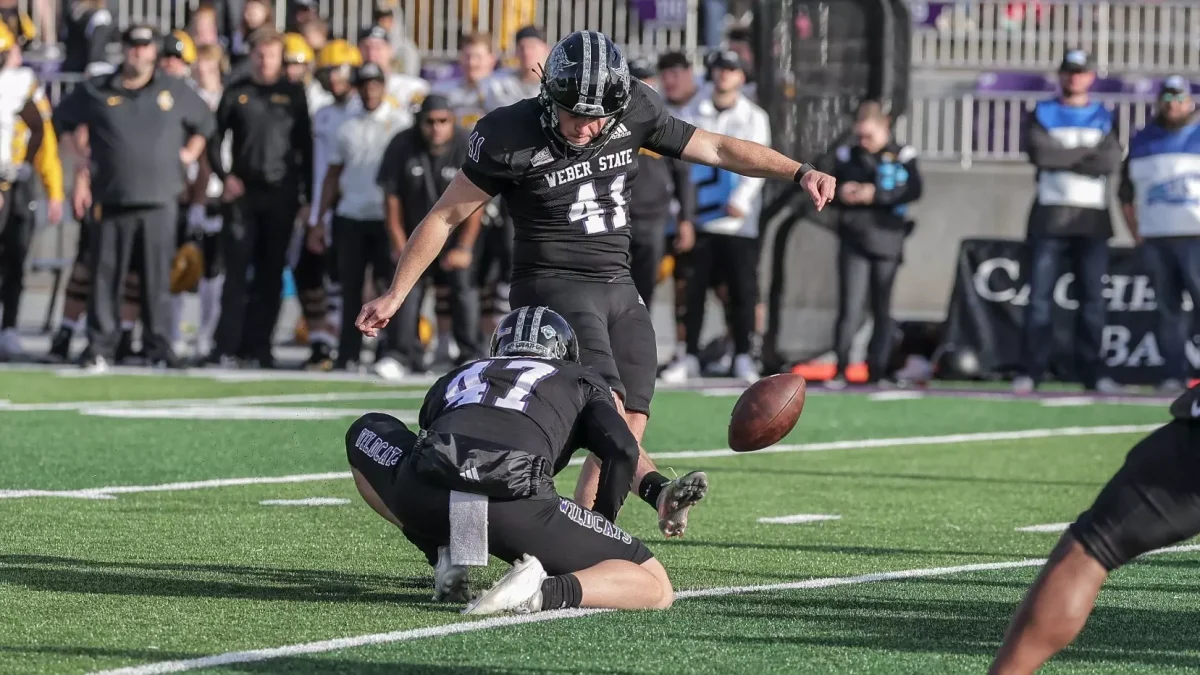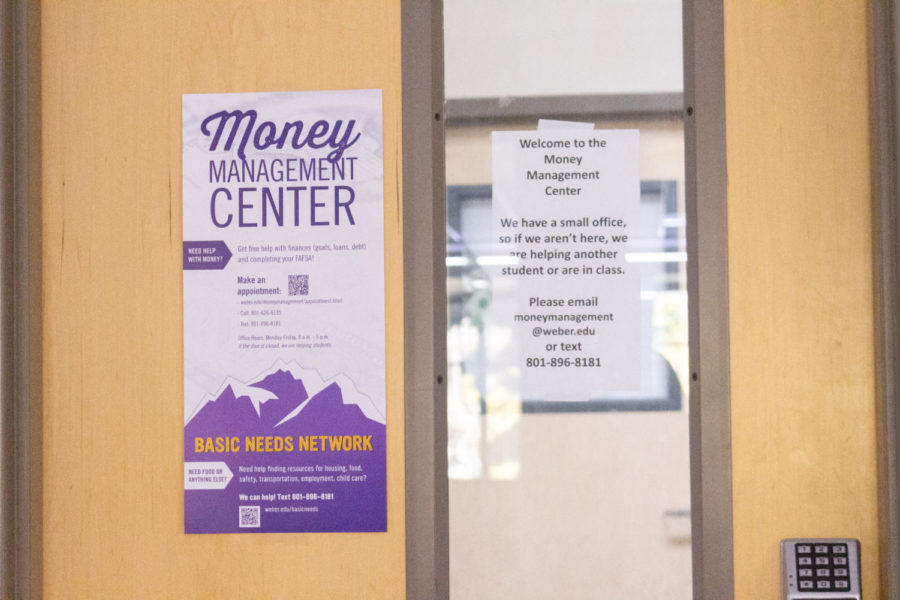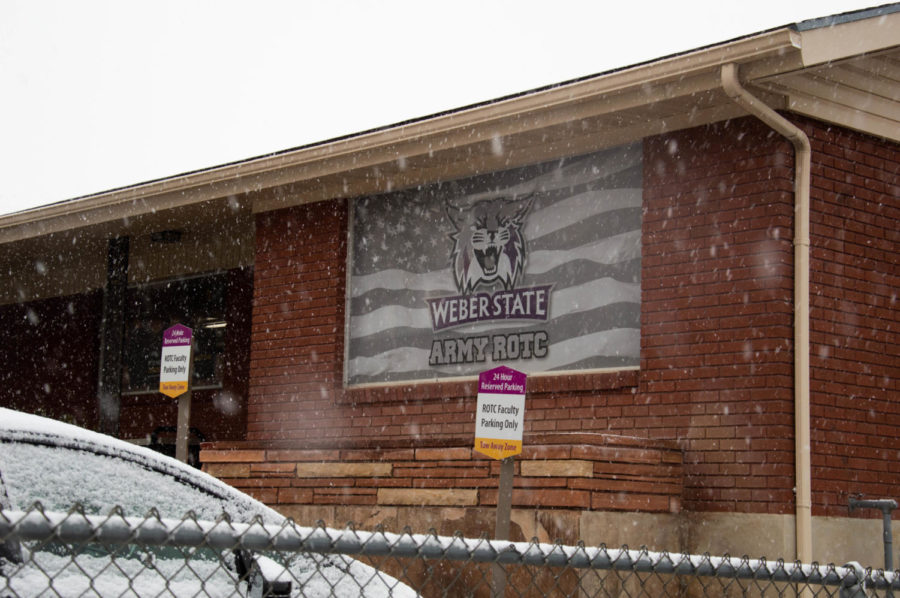Forty members of the Future Educators of America stood and sang “Birthday” to a girl with Down syndrome at an FEA event. The girl’s parents later thanked them for making their daughter feel so special on her birthday. Members of FEA say that this is part of what FEA is about — helping people.
“We often partner up with the Utah Down Syndrome Foundation,” said FEA member Stephanie Green. “We have participated in their Buddy Walk twice, held two ‘Let’s Get Down and Physical’ events with them, and helped out with their ‘Breakfast with Santa’ event.”
FEA is known for their community service, having more than 800 hours under their belt. This club is also a good place to meet people also going into education.
“I met tons of friends,” Green said. She decided to join FEA because “I always wanted to be a teacher and I was nervous about college.”
FEA has a program called Project Launch, in which the members help incoming freshmen who are thinking about a career in teaching. Green said she also found FEA helpful for when she was interviewing to get into the college of education. Since she was in FEA, she had met some of the people who were interviewing her, giving her an advantage over the other applicants.
FEA is not the only academic club at WSU. The Health Sciences Club is designed to help students get into the health programs they need to be in.
“Our first year, we met every Tuesday and Thursday,” said the head of the club, Timothy Gemmill. “It was only biomed students. The ones in the club got A’s and B’s; the ones that weren’t got C’s.”
The organization now meets based on the students’ needs, helping them with scholarship applications or providing them with tutoring. The Health Sciences Club also helps students find seminars or conferences in their chosen field to help them learn more. Many academic clubs have guest speakers from people in that particular field, giving students the opportunity to make important contacts for their future.
“It’s a good way to meet people,” said Shaylee Simmons, member of Purple Pak. “It’s like, ‘You joined Purple Pak? I joined Purple Pak. Let’s be friends.’”
Purple Pak is the biggest club at WSU, with more than 200 members. It focuses on participating in school events and creating more school pride. Simmons joined at her orientation because she wanted the free T-shirt and the discount card that comes with the membership, but has not participated much in the club.
“I’m not school-spirited enough,” she said, “plus I take 18 credit hours. It’s hard to find the time to go to the games.”
Despite only attending one event with Purple Pak, Simmons puts the club on all of her scholarship applications.
“If you’re officially in (a club), you can still count it,” Simmons said. “I did technically do it once, so I participated.”
Scholarship applications often ask what school activities the applicant is involved in. Being in a club or organization shows that the student applying is involved in the school and is therefore more likely to get the scholarship. Some clubs even have scholarships for being in their club.
“(The Health Sciences Club) is trying to get a scholarship through an organization called HOSA,” Gemmill said.
WSU has a wide variety of clubs to choose from that can improve students’ experience at school. From academic clubs in all kinds of majors to clubs for non-team sports such as billiards, there are numerous organizations to choose from. And, for students who are interested in none of the current clubs, there is always the option of starting a new club.













